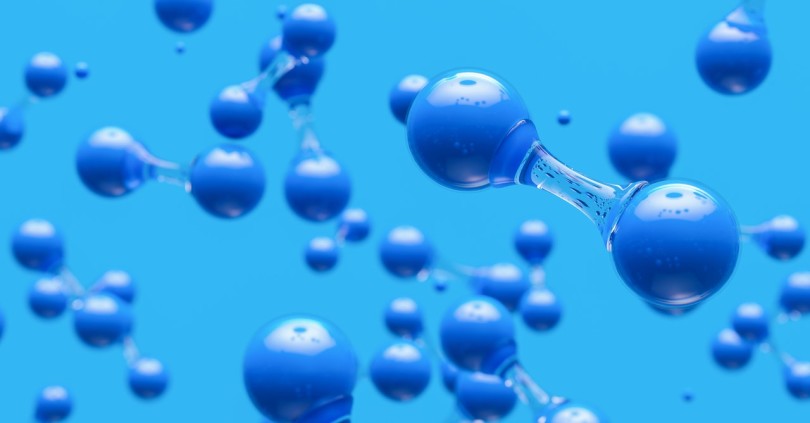How does Battery Energy Storage work?
19 Apr 24
Enviro ChatThe Global News Source for the World of Science and Chemicals
30 May 2022
Enviro Chat
State-owned and private businesses from the UAE and Egypt have announced their intention to work together to develop green hydrogen projects on a sizable scale. Masdar, which is the renewable energy arm of the UAE’s sovereign wealth fund, has signed agreements with several firms backed by the Egyptian government and Hassan Allam Utilities to develop this new energy source.
The accords will focus on the development of facilities located on the Mediterranean Coast and within the Suez Canal Economic Zone and will harness the abilities and attributes of each party. The UAE’s expertise in the hydrogen industry will be complemented by Egypt’s abundant access to solar and wind resources, making for the ideal combination to develop green hydrogen.
As the world looks to reduce its debilitating dependence on fossil fuels, hydrogen has arisen as a strong candidate to help bolster the environmental credentials of the energy industry. Of course, renewable technologies such as wave, wind and solar power are ideal methods of energy generation, but they are plagued by intermittency and storage issues.
Hydrogen, on the other hand, is a potential energy source which carries a wide variety of benefits, including abundance and availability, energy efficiency and potentially zero-carbon consequences. However, the majority of hydrogen manufactured today is powered by fossil fuels, meaning there is a need for renewable energy to enter the equation. That’s where Egypt comes in, since the clean power they can provide can produce green hydrogen.
Although the green hydrogen projects being undertaken by the UAE and Egypt are still very much at the drawing board stage, it’s hoped that they will have a capacity of 4GW by 2030. That would facilitate the production of almost half a million tonnes of green hydrogen every single year.
As well as using the commodity to power homes and businesses in their own territories, the two countries are also eyeing up the lucrative export market. The proximity of Europe to Egypt, for example, makes it a logical customer for the green hydrogen, especially since the European Commission has already indicated its desire to import around 40GW of the energy resource by 2030.
For all those reasons, the future for hydrogen power is very bright indeed, according to the commodity equity business unit leader for Goldman Sachs in the Europe, Middle East and Africa (EMEA) region. However, she believes this “very powerful molecule” must be produced without generating emissions.
“Whether we do it with electrolysis or we do it with carbon capture, we need to generate hydrogen in a clean way,” Michele DellaVigna told CNBC. “And once we have it, I think we have a solution that could become, one day, at least 15% of the global energy markets which means it will be ... over a trillion-dollar market per annum.”
DOWNLOAD PDF

2 Day Seminar Program
@ ArabLab+ 2024
24 & 25 September 2024
Your stay in Dubai
Labkit
Product News
Chemkit
Product News
Thinking about exhibiting at ARABLAB 2024? Watch our video to find out more.
Join the world’s leading organisations…
Join our mailing list and receive the ARABLAB newsletter and event updates.